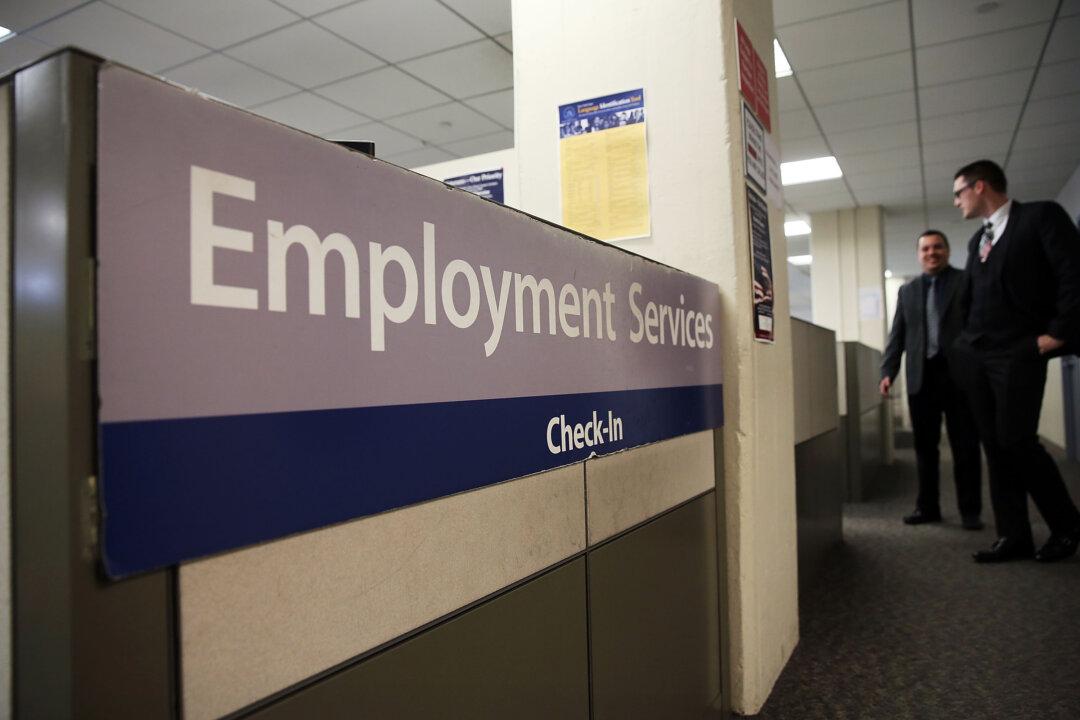Not since the days of the Apollo 12 launch and the very first episode of “Sesame Street” have so few Americans asked for unemployment benefits, according to the Department of Labor.
Some 209,000 Americans applied for unemployment insurance benefits in the week ending April 21, based on the department’s data adjusted for seasonal changes. It marked the slowest week for initial insurance claims since Dec. 6, 1969 when it was 202,000, the department noted in a release.





